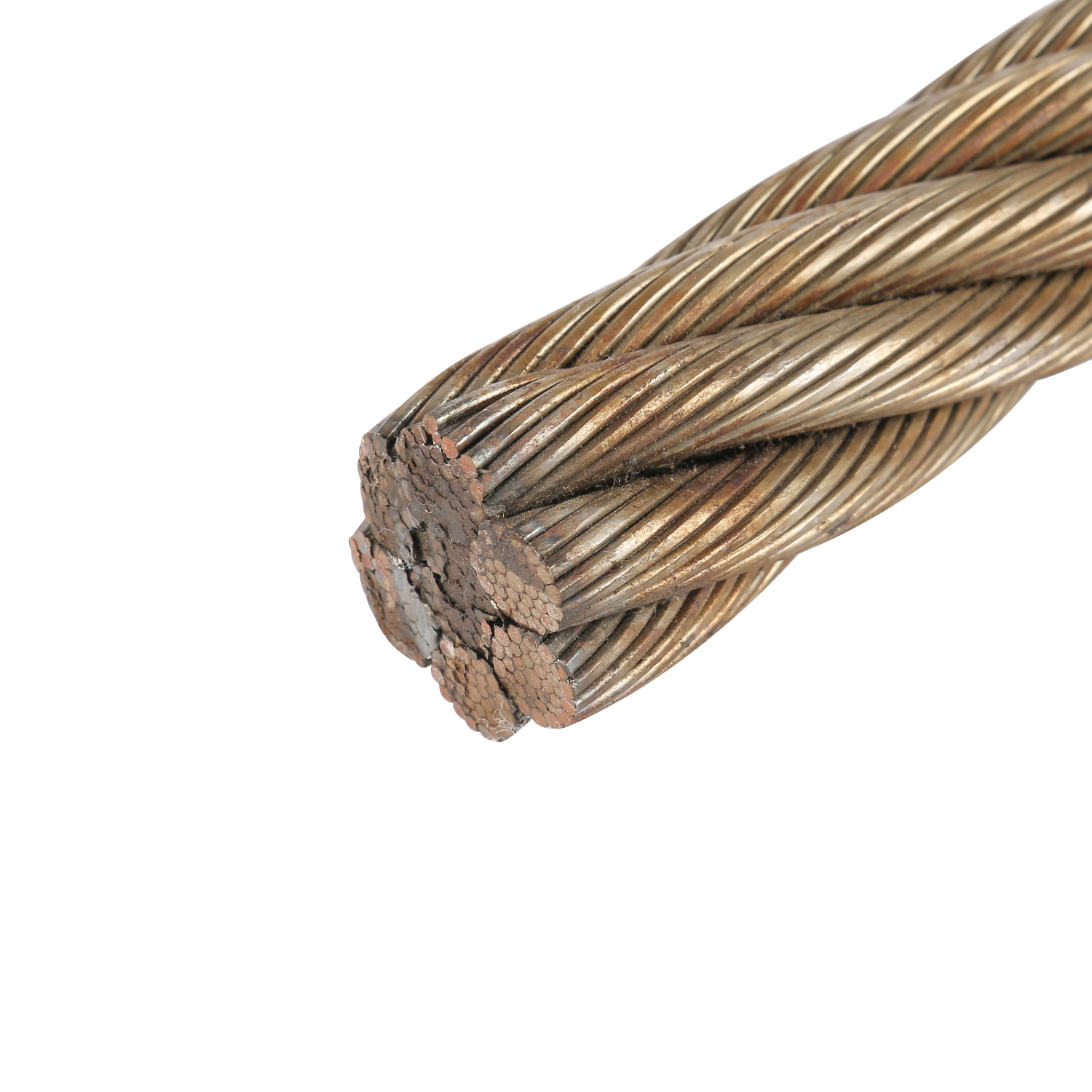Table of Contents
فوائد الفولاذ المقاوم للصدأ ولماذا هو مقاوم للصدأ
هذه الطبقة السلبية من أكسيد الكروم هي التي تجعل الفولاذ المقاوم للصدأ مقاومًا للصدأ. على عكس الفولاذ العادي، الذي يمكن أن يصدأ عند تعرضه للرطوبة والأكسجين، يظل الفولاذ المقاوم للصدأ لامعًا وخاليًا من التآكل حتى في البيئات القاسية. وهذا يجعل الفولاذ المقاوم للصدأ مادة مثالية للتطبيقات الخارجية، مثل واجهات المباني والجسور والهياكل البحرية، حيث يمكن أن يؤدي التعرض للعناصر إلى تدهور المواد الأخرى بمرور الوقت.
من المزايا الأخرى للفولاذ المقاوم للصدأ انخفاض متطلبات الصيانة. نظرًا لأن الفولاذ المقاوم للصدأ مقاوم للصدأ، فإنه لا يتطلب طلاءًا أو طلاءًا عاديًا لحمايته من التآكل. وهذا يجعل الفولاذ المقاوم للصدأ خيارًا فعالاً من حيث التكلفة للتطبيقات التي يمكن أن تزيد تكاليف الصيانة فيها بمرور الوقت. بالإضافة إلى ذلك، فإن الفولاذ المقاوم للصدأ سهل التنظيف والتعقيم، مما يجعله خيارًا صحيًا لمعدات تجهيز الأغذية والأجهزة الطبية وغيرها من التطبيقات التي تكون فيها النظافة أمرًا ضروريًا.
الفولاذ المقاوم للصدأ أيضًا متين للغاية ويدوم طويلاً. إن مقاومتها للصدأ والتآكل تعني أن منتجات الفولاذ المقاوم للصدأ يمكن أن تستمر لعقود من الزمن دون أن تفقد قوتها أو مظهرها. وهذا يجعل الفولاذ المقاوم للصدأ خيارًا مستدامًا للتطبيقات التي يكون فيها طول العمر مهمًا، مثل تشييد المباني ومشاريع البنية التحتية ومكونات السيارات.
في الختام، الفولاذ المقاوم للصدأ مقاوم للصدأ بسبب وجود الكروم، الذي يشكل طبقة واقية من أكسيد الكروم على سطح الفولاذ. تمنع هذه الطبقة السلبية الصدأ والتآكل، مما يجعل الفولاذ المقاوم للصدأ مادة متينة وطويلة الأمد لمجموعة واسعة من التطبيقات. تشمل فوائد الفولاذ المقاوم للصدأ متطلبات الصيانة المنخفضة، وسهولة التنظيف، والمتانة العالية، مما يجعله خيارًا فعالاً من حيث التكلفة ومستدامًا لمختلف الصناعات. سواء تم استخدامه في أدوات المطبخ، أو الهياكل المعمارية، أو الآلات الصناعية، فإن خصائص الفولاذ المقاوم للصدأ المقاومة للصدأ تجعله مادة موثوقة ومتعددة الاستخدامات لاستخدامات لا حصر لها.

This passive layer of chromium Oxide is what makes Stainless Steel rust-proof. Unlike regular steel, which can rust when exposed to moisture and oxygen, stainless steel remains shiny and corrosion-free even in harsh environments. This makes stainless steel an ideal material for outdoor applications, such as building facades, bridges, and marine structures, where exposure to the elements can cause other materials to deteriorate over time.
Another benefit of stainless steel is its low maintenance requirements. Because stainless steel is rust-proof, it does not require regular painting or coating to protect it from corrosion. This makes stainless steel a cost-effective choice for applications where maintenance costs can add up over time. In addition, stainless steel is easy to clean and sanitize, making it a hygienic choice for food processing equipment, medical devices, and other applications where cleanliness is essential.
Stainless steel is also highly durable and long-lasting. Its resistance to rust and corrosion means that stainless steel products can last for decades without losing their strength or appearance. This makes stainless steel a sustainable choice for applications where longevity is important, such as building construction, infrastructure projects, and automotive components.
In conclusion, stainless steel is rust-proof due to the presence of chromium, which forms a protective layer of chromium oxide on the surface of the steel. This passive layer prevents rust and corrosion, making stainless steel a durable and long-lasting material for a wide range of applications. The benefits of stainless steel include its low maintenance requirements, ease of cleaning, and high durability, making it a cost-effective and sustainable choice for various industries. Whether used in kitchen appliances, architectural structures, or Industrial Machinery, stainless steel’s rust-proof properties make it a reliable and versatile material for countless applications.

